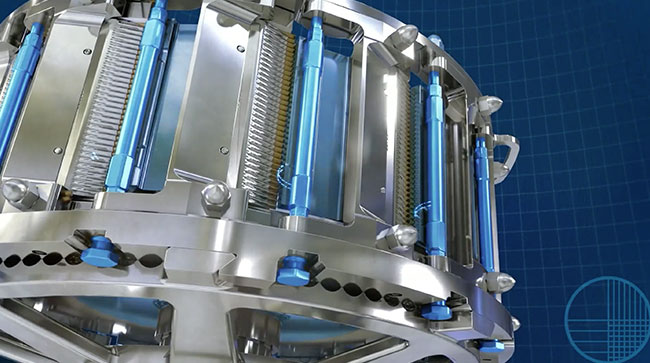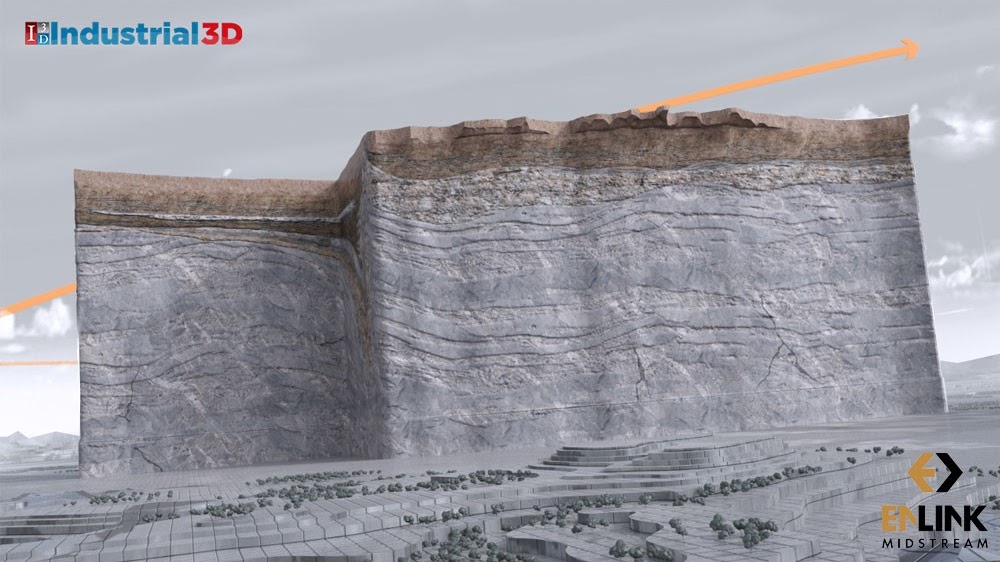Video Production Services
To produce 3D film animation, three-dimensional objects are rendered onto a flat surface. These objects are subsequently illuminated and captured from different perspectives through photography, and the resulting images are then arranged into a sequence. Subsequently, this sequence is replayed at an accelerated frame rate, producing the perception of motion.
The software application will autonomously produce the required sequences to transition between keyframes. This method is commonly referred to as "tweening." With meticulous keyframe arrangement, artists are able to craft seamless and lifelike animations.
Unleash your artistic expression with Animate 3D - the premier AI-based motion capture solution for creators in the digital realm.



